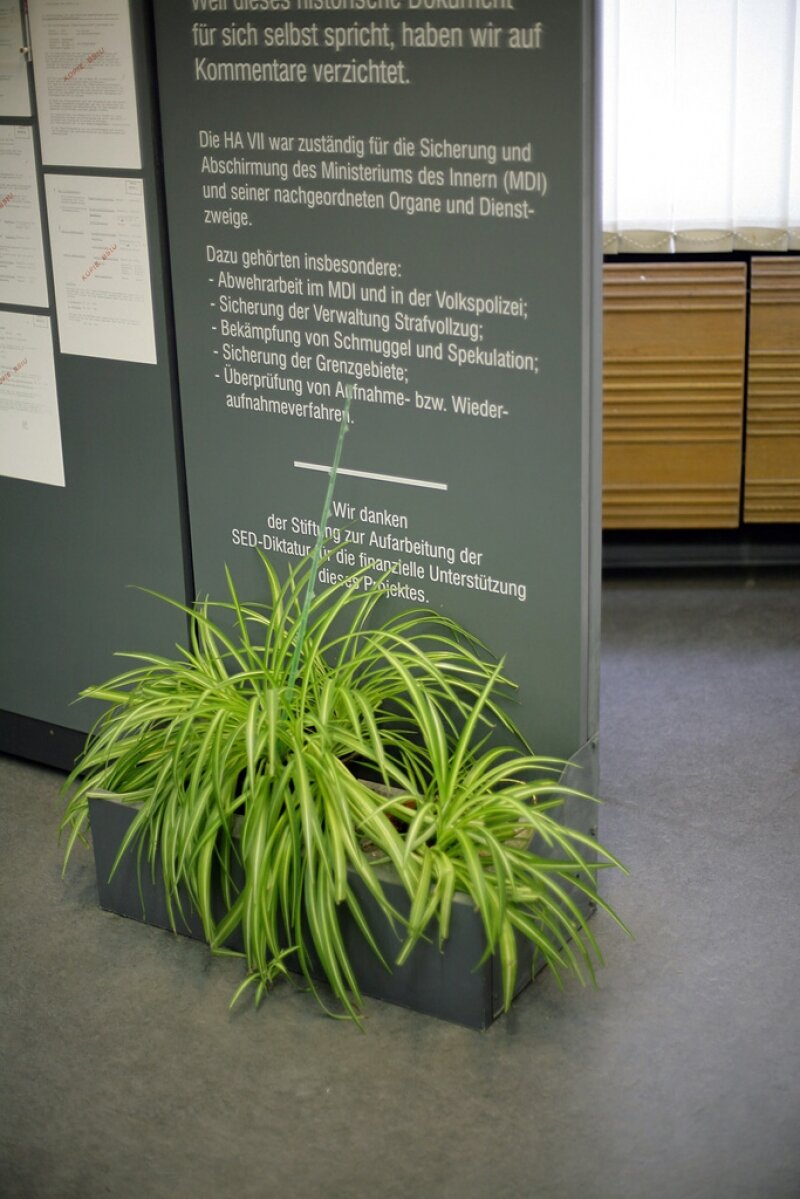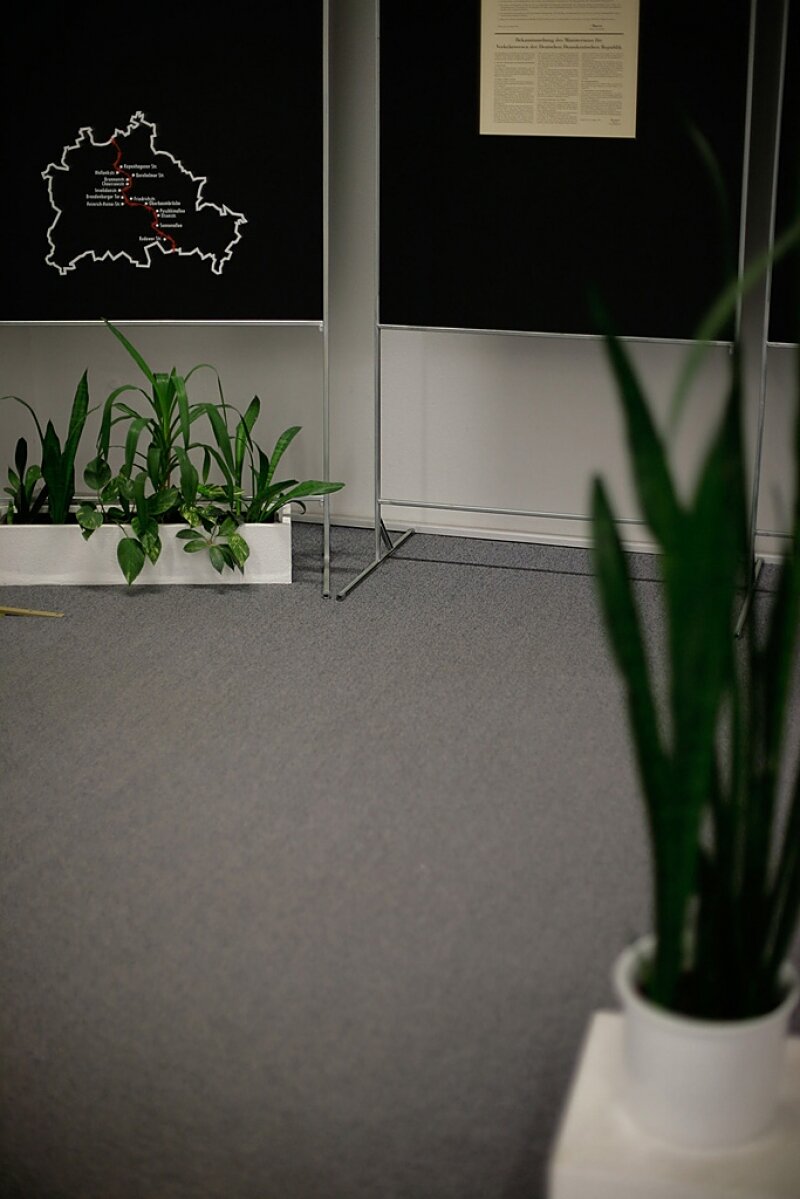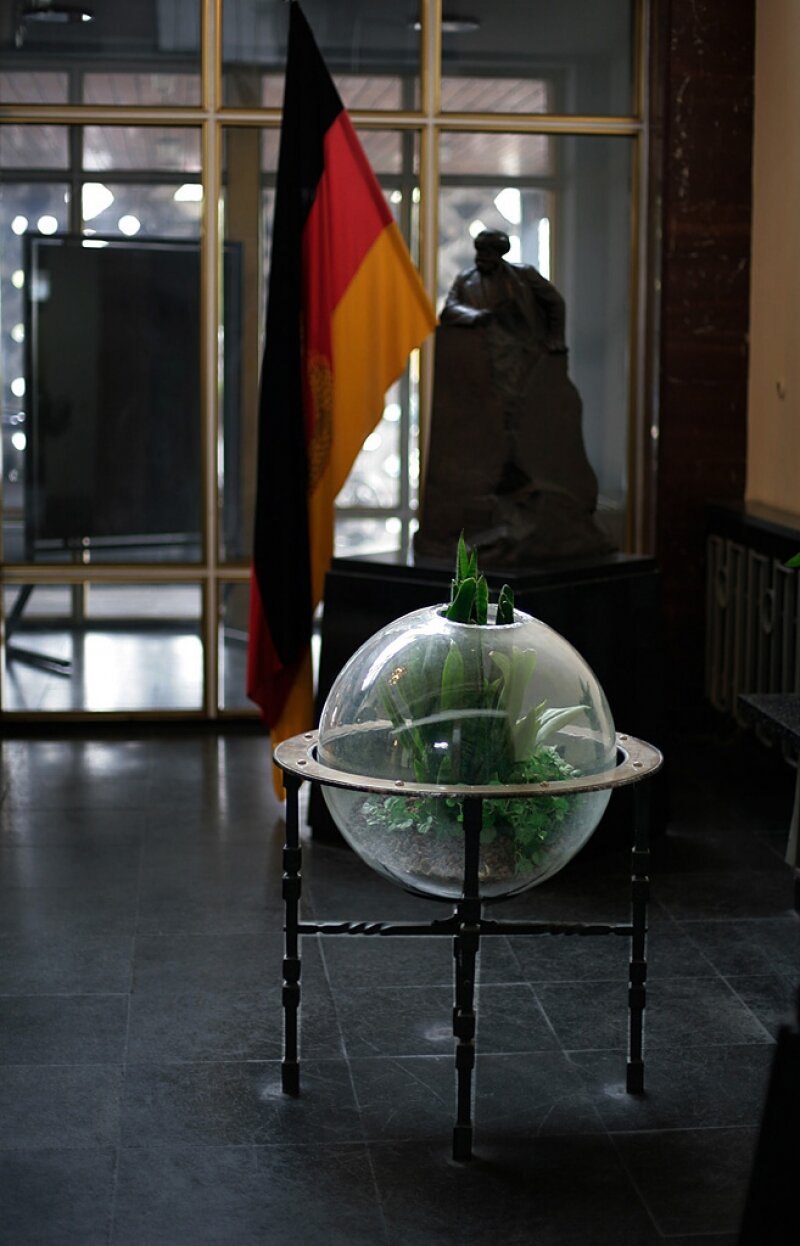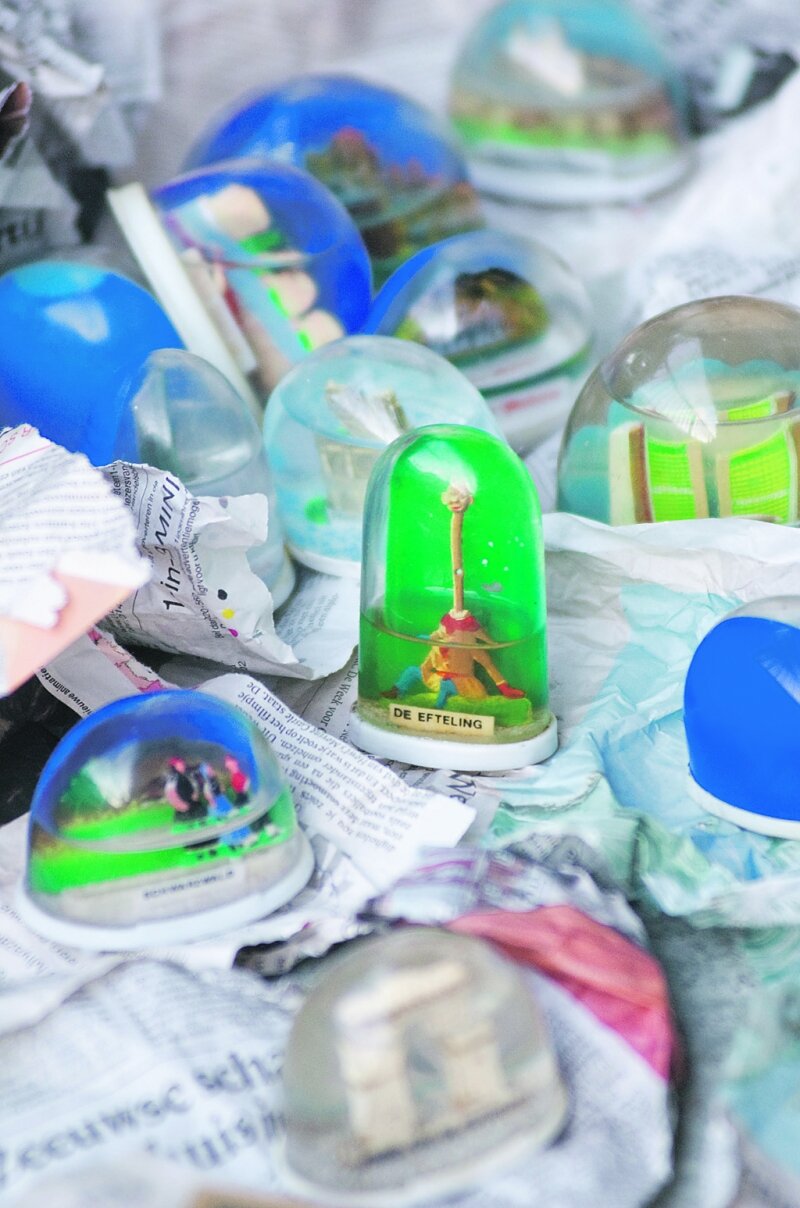Liesbeth Fit is an independent writer, editor and teacher. Liesbeth studied design at the School of the Arts in Utrecht and Cultural Studies at the University of Amsterdam, the Netherlands. She works as a freelance curator, writer, advisor and organiser on (product)design, teaches at the Design Academy Eindhoven, writes for several design magazines and is developer of the Research and Discourse program at the Royal Academy of Arts in The Hague.
L
Liesbeth Fit
08.10.2013

The Stasimuseum in Berlin is full of silent witnesses that give the viewer a glimpse of the doings of the former Ministerium für Staatssicherheit of the DDR. From the piece of cloth on which citizens were forced to record the scent of their sweaty hands, to the jacket button that doubled as the control switch for a hidden camera, to the rock containing listening devices to be placed behind park benches.

Initially, these veritable silent witnesses seem to be props for the permanent exhibition. For decades they’ve been quiet and unobtrusive and their secrets only gradually penetrate consciousness. But if they could talk, their stories would likely reveal more than many a speaking witness.
What intimate conversations did the mother-in-law’s tongues on Minister Erich Mielkes’ secretary’s desk listen in on? And how many silent reproaches have the sansevierias at the entrance to his office endured? The green ensemble in the boardroom, how many strategic decisions has it felt disgusted by? Approved by? And what do the three dracaenas make of their transfer from the once peaceful bedroom to the bustle of the exhibition space where guides and visitors create their own stories?
One can tell from their stature, species, and the vessels that hold them that they are, indeed, well into old age. Sometimes their leaves still rustle from everything they’ve seen and heard. But even now, in their new place within the museum, having moved from room to room many times, their testimony grows greater yet.



08.10.2013

Pick up the plastic globe and shake it, and the world within it transforms into a snowy landscape, despite the bright blue sky within. They’re called snowstorms, but are also known as snowballs, snow globes, shake domes, water globes, or snow domes. Each name stresses a different aspect of the object: shaking, globe, water, or snow. The first example was shown at the world exhibition in Paris in 1878. These were made of glass. And the snow wasn’t made of plastic, but from flakes of rice, porcelain, bone, or wax. Since then, they’ve grown to be a true collector’s item; sometimes you’ll see whole windowsills full. One also comes across them in thrift stores. But why snow? And why would you collect one, only to throw it out?

Shake one and you’ll know enough. Each dome houses a small, adjusted world in which time stands still and everything remains the same forever.
In the globe you’ll see that which you’ve seen in the big world; that moment, that experience, that building, locked in a frozen state for eternity. That little world is yours. And because it’s yours, you can change it. The snowstorm that ensues is merely the symbol of that. Your thoughts can travel further, past your memories. Further than that one moment. Past the blue sky and the nameplate to the horizon, to where the snowflakes
Better than buying postcards or taking photos, snow globes are collected. At home their value is revealed. Not only does looking at the snow domes bring back memories, but the collector’s thoughts remain a voyage through which he travels. With one swift movement of his hand, Paris is not just the Arche de Triomphe and the Notre Dame, because there, behind the right tower, begins his Paris. The city of his dreams. The journey he once made to Canada and the United States likewise continue forever. Past the captured monuments of St. Louis, Minneapolis, Toronto and Montreal. Even past the idyllic coast of Nova Scotia. Further, always further, to buildings that will never exist, forests that have disappeared forever, and places that only he knows.
But one day, the globes will reveal their true identity. The cheap plastic begins to tear. The once clear water grows clouded, begins to evaporate, and turns into a sticky substance full of chemicals. The dancing snowflakes can no longer keep with the rhythm and lie at the bottom like dirty plastic bags. The collector, unconvinced of his defeat, once again picks up the snowstorm, tips his hand and sees that, actually, all his dreams come from Hong Kong.